Mastering Stunt Budgeting and Safety in Filmmaking
In this guide, we'll explore the process of stunt budgeting, safety, and the strategies to create awe-inspiring action sequences without compromising financial constraints or risking safety lapses

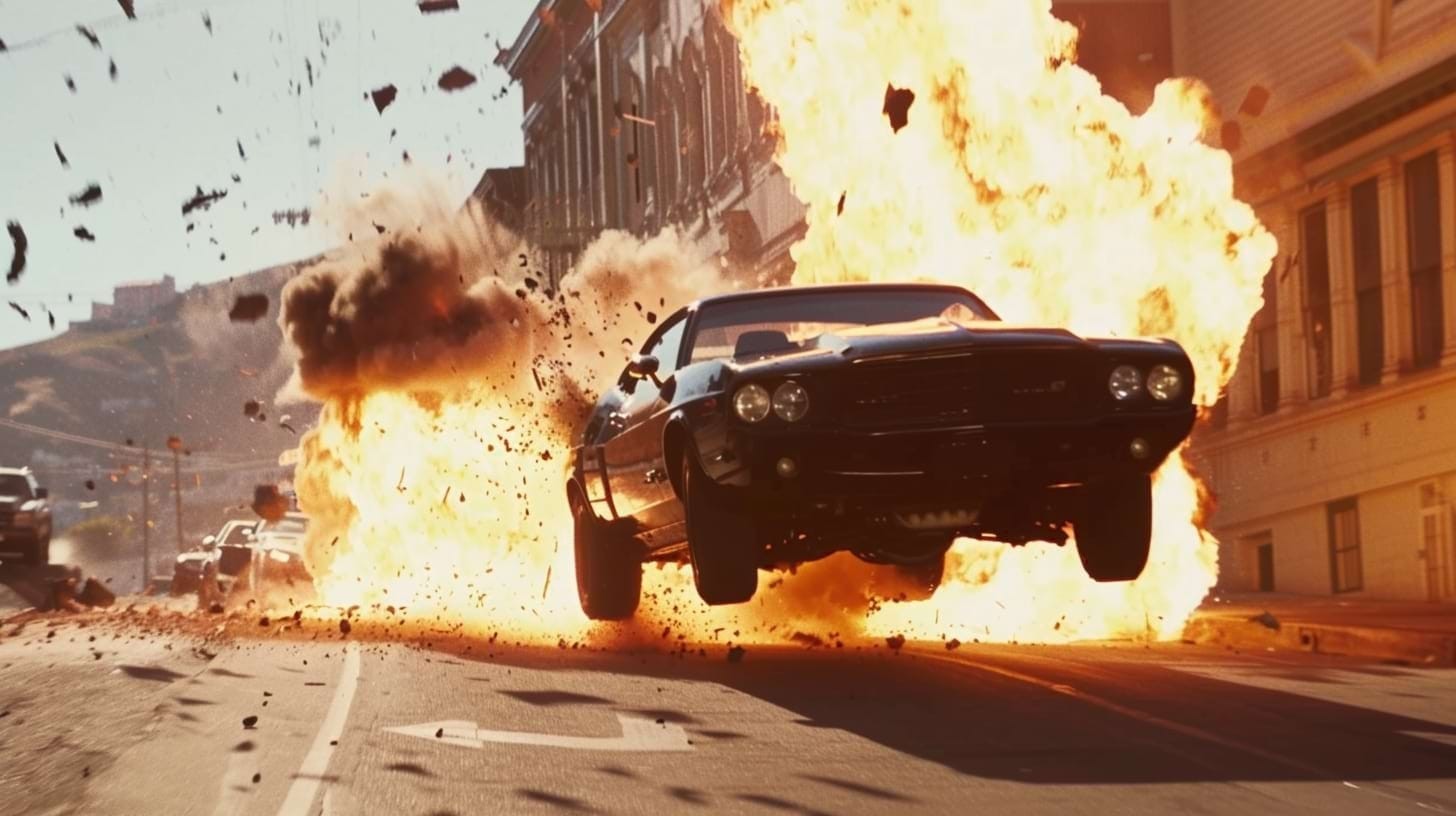
The outstanding action sequences and daring stunts often captivate audiences and elevate a production's thrill factor. However, behind the scenes, meticulous planning, budgeting, and adherence to stringent safety protocols are paramount to ensuring the well-being of the cast and crew while bringing these high-octane visions to life. As a professional filmmaker, stunt coordinator, or producer, striking the perfect balance between breathtaking stunts and responsible budgeting is a delicate art form.
Financial Planning and Budgeting for Stunts: Striking the Right Balance 🎥🔥
Preparing for stunts requires a holistic approach that integrates risk assessment, insurance considerations, equipment procurement, and a realistic grasp of potential costs.
Budgeting for stunts requires a holistic approach that anticipates both expected and unexpected costs. Here's a breakdown of key financial considerations:
Stunt Coordinator Fees
An experienced stunt coordinator is essential for planning, rehearsing, and overseeing the safe execution of stunts. Factor in their fees when building your stunt budget.
💰 Industry estimates suggest that stunt costs can range from 5% to 15% of a film's total budget, depending on the scale and complexity of the action sequences.
🤕 Budgeting for stunt performers' salaries is crucial, with top stunt professionals commanding upwards of $3,000 per day, plus hazard pay for particularly dangerous stunts.
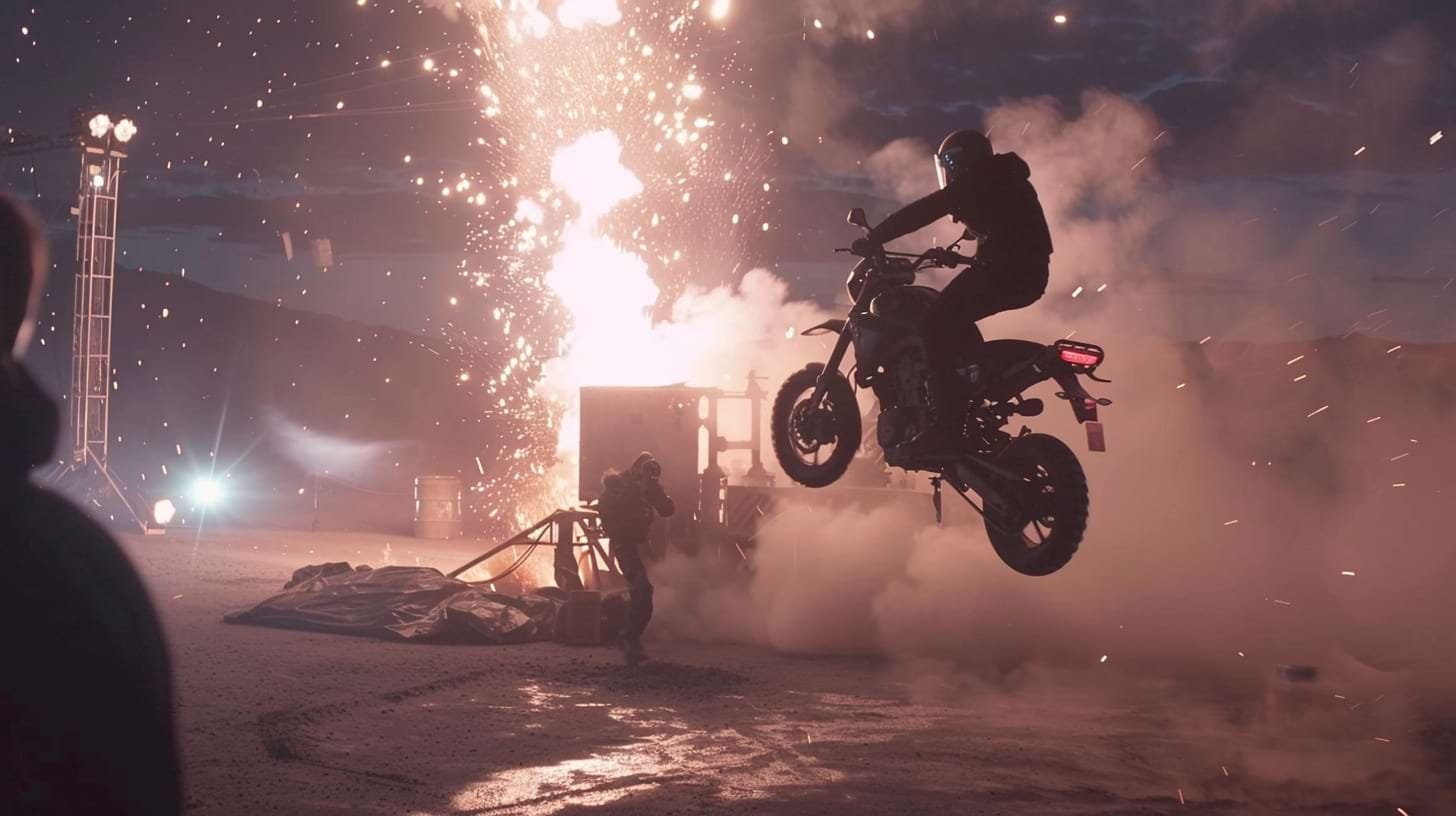
Stunt Performer Compensation
Stunt performers deserve fair compensation for their expertise and the inherent risks involved. Negotiate competitive rates based on the complexity and duration of the stunts.
Stunt Equipment and Specialized Gear 🛡️
Depending on the nature of the stunts, you may need to rent specialized equipment like harnesses, wires, airbags, and safety mats.
Beyond these fees, other line items to account for include:
🚑 On-set medical support and emergency services
📍 Location fees for controlled environments or closed sets
💣 Pyrotechnics, special effects, and post-production enhancements
Location Permits and Fees
Filming action sequences in specific locations might require permits and additional fees. Research and consider these costs in your budget.
Contingency Funds
Be prepared for unforeseen circumstances by allocating a contingency fund to cover last-minute safety upgrades, equipment repairs, or additional stunt rehearsal time. It's essential to factor in contingency funds to cover any unforeseen circumstances or reshoots due to safety concerns or mishaps.
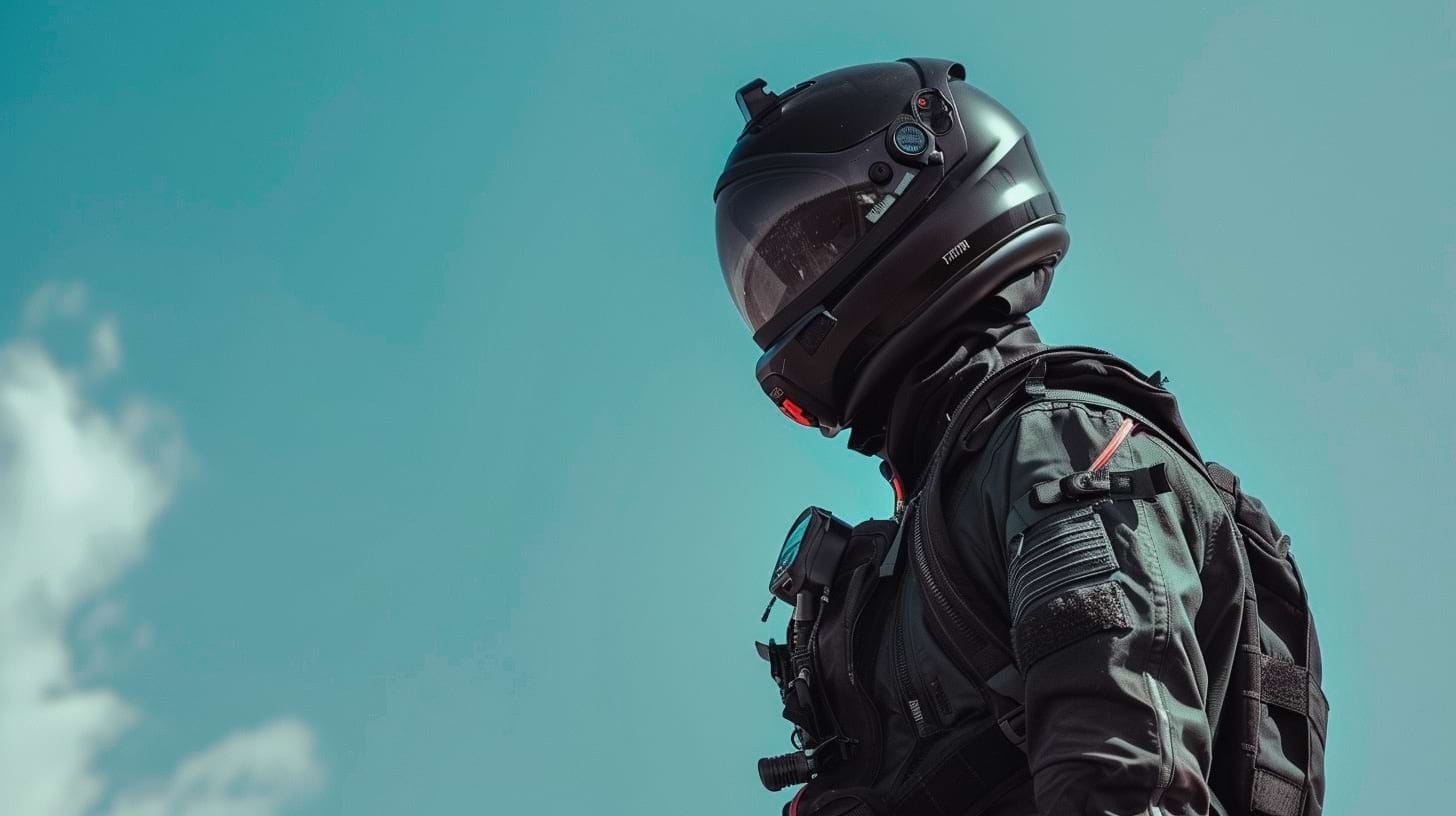
Safety Measures and Compliance: Putting Safety First ⛑️
Ensuring the safety of everyone involved in a stunt sequence is not only a moral obligation but also a legal requirement. Failure to adhere to safety protocols and industry regulations can result in costly fines, production shutdowns, and even legal liabilities.
Rigorous Risk Assessments 📋
Before a single stunt performer takes the stage, the pre-production process is paramount. This involves the development and rigorous approval of comprehensive risk assessments and detailed safety plans. These crucial documents, prepared by a qualified professional, serve as the foundation for a safe and successful stunt sequence. Once these hazards are identified, the plan outlines strategic mitigation techniques to minimize the likelihood of injury, ensuring the well-being of everyone involved.
Safety Officer Presence 👮♀️
Enlist a certified Safety Officer who enforces safety protocols, monitors the set environment, and responds to any emergencies that may arise. Most jurisdictions mandate the presence of certified safety officers on set during stunt performances to monitor and enforce safety measures.
Compliance with Regulations
Familiarize yourself with all relevant safety regulations governing stunt work in your filming location. Ensure all equipment meets safety standards, and stunt performers possess the necessary certifications.
Comprehensive Safety Training
All cast and crew involved in stunt sequences must receive comprehensive safety training covering proper procedures, emergency protocols, and hazard identification.
🏆 Hiring experienced stunt coordinators with a proven track record of safe execution is crucial for mitigating risks and maintaining compliance.
To minimize potential hazards, filmmakers should prioritize:
🚧 Controlled shooting environments with restricted access
💪 Adequate training and preparation for stunt performers
🆔 Proper identification and management of hazardous materials or conditions
Adhering to these safety standards protects lives and safeguards your production from legal ramifications and financial setbacks due to potential shutdowns or accidents.
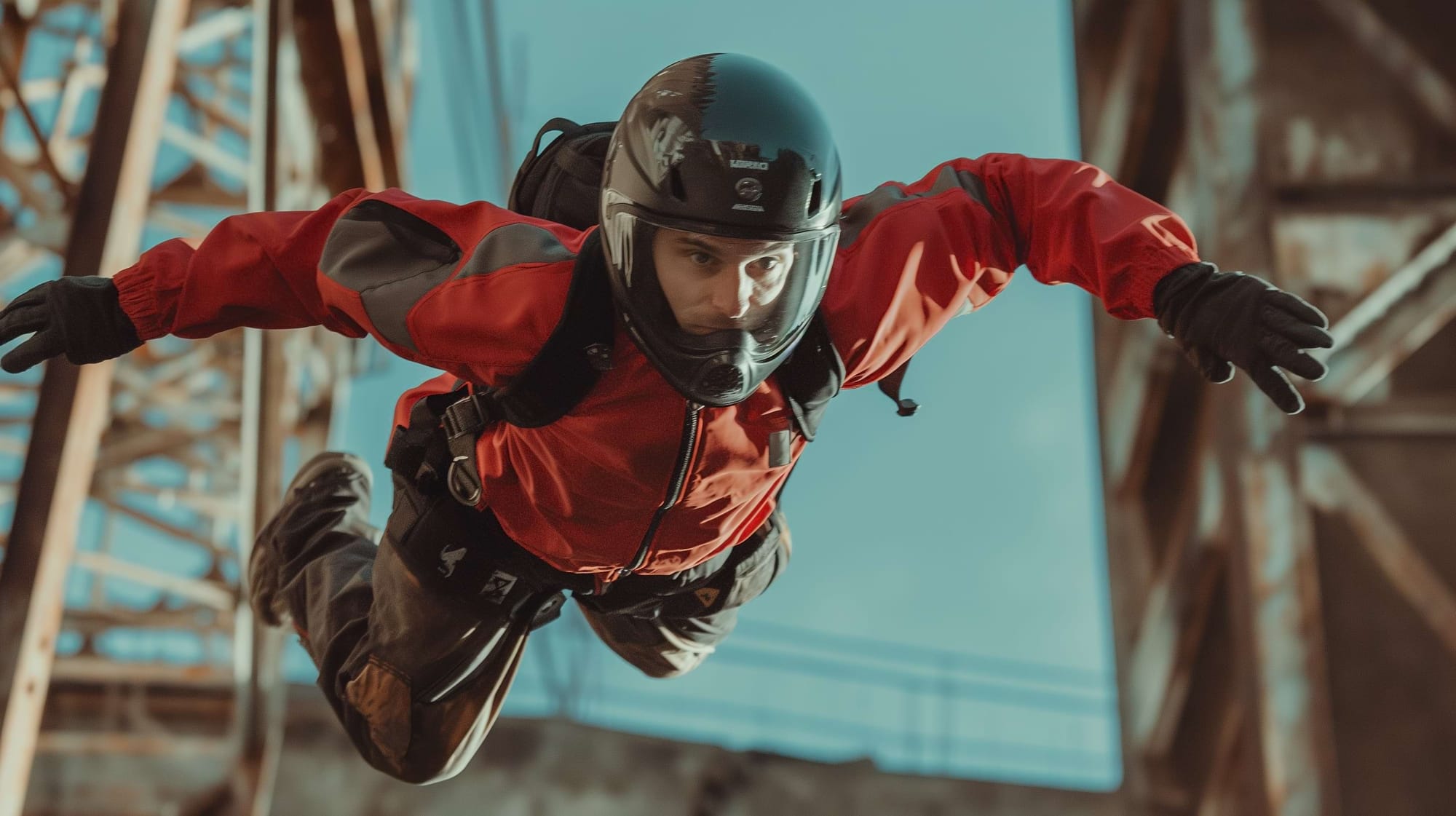
Insurance and Risk Management: Mitigating Financial Losses
Even the most ironclad safety measures can't eliminate the inherent risks that come with stunt work. Comprehensive insurance coverage is essential to safeguard your production from financial catastrophe in the face of unforeseen accidents, injuries, or equipment damage. Failing to secure this vital protection leaves your production exposed financially should the unexpected occur.
Stunt Liability Insurance
Secure comprehensive stunt liability insurance to protect yourself from financial repercussions in case of injuries during stunt execution.
Equipment Insurance
Consider insuring rented equipment against damage or malfunction during filming.
Workers' Compensation
Ensure all cast and crew, including stunt performers, are covered by workers' compensation insurance.
You can minimize the likelihood of accidents and potential insurance claims by implementing effective risk assessment and mitigation strategies.
🛡️ Specialized stunt insurance policies are available to cover medical expenses, liability claims, and equipment replacement costs.
📈 Insurance premiums are typically calculated based on the specific risks involved, the experience of the stunt team, and the production's safety track record.
Effective risk management strategies are also crucial for mitigating potential liabilities and minimizing insurance costs:
🔍 Conduct thorough risk assessments to identify potential hazards and implement appropriate control measures.
🏋️♀️ Ensure stunt performers have the necessary training, certifications, and experience for the specific stunts required.
📽️ Whenever possible, consider using visual effects or post-production enhancements as safer alternatives to practical stunts.
By proactively managing risks and maintaining a strong safety record, you can protect your cast and crew and potentially negotiate more favorable insurance rates for future productions.
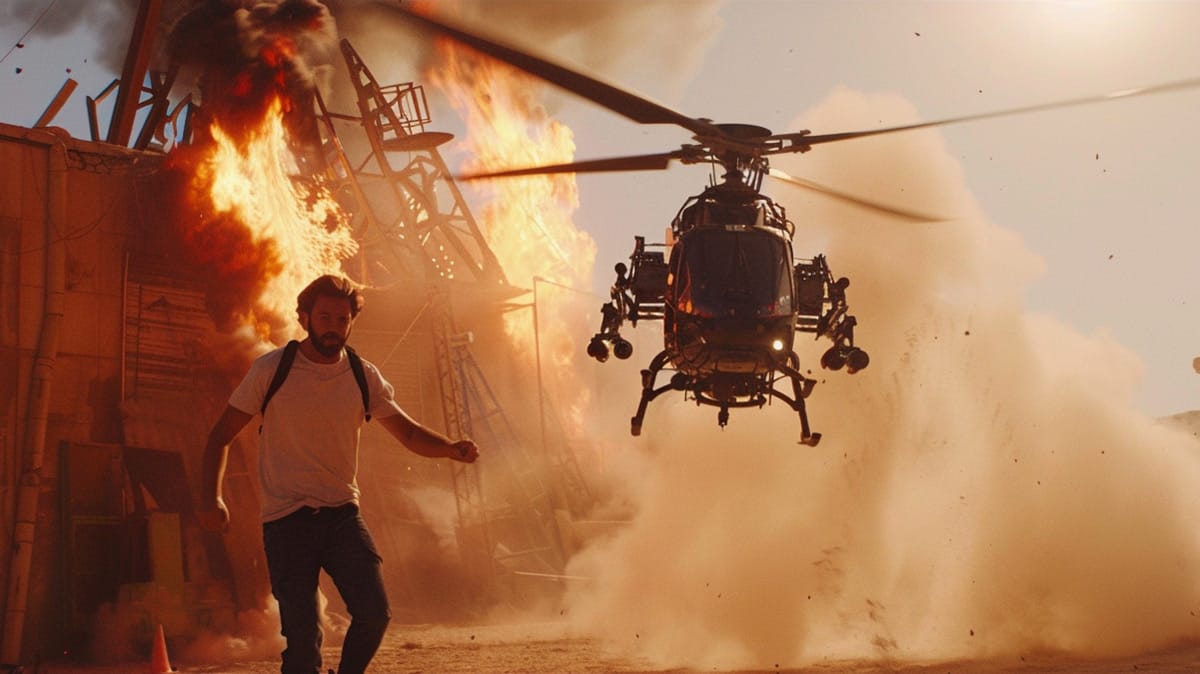
Case Studies and Practical Tips
To illustrate the complexities of stunt budgeting and safety, let's examine a few real-life examples and extract practical strategies:
"Fast and Furious 7" (2015) 🚗
The "Fast and Furious" franchise is renowned for its jaw-dropping car stunts and action sequences. For "Furious 7" (2015), the stunt budget alone was reported to be around $25 million, with a dedicated team of over 300 stunt performers and riggers.
Action Scenes Cost
This scene demands a skilled stunt team, specialized vehicles, and intricate choreography.
Cost Management
- Strategy 1: Pre-visualization. Utilizing pre-visualization software allows filmmakers to plan the chase sequence meticulously identify potential hazards and optimize stunt execution. This virtual planning phase can save significant time and resources on set.
- Strategy 2: Scaling Down Complexity. Consider breaking down the chase into smaller sections, employing stunt doubles for wide shots, and relying on CGI enhancements for elements like shattering glass or exploding vehicles. This strategic approach can deliver a thrilling chase experience while mitigating the need for numerous high-risk maneuvers.
- Strategy 3: Location Scouting. Scouting for filming locations with natural barriers and minimal pedestrian traffic helps minimize risk and potentially reduces the number of complex stunts required.
"Spider-Man" (2002) 🕷️
During the production of "Spider-Man" (2002), safety protocols were rigorously enforced, including extensive training for actors performing wire work and strict guidelines for stunt performers during complex rig sequences.
Action Scenes Cost
A fight scene might involve hand-to-hand combat and throws.
Cost Management
- Strategy 1: Invest in training and follow established safety guidelines, even for seemingly simple stunts, to prevent accidents and injuries.
- Strategy 2: Stunt Performer Expertise. Hiring stunt performers with expertise in specific fighting styles can help execute complex maneuvers efficiently, minimizing the number of takes and reducing overall filming time.
- Strategy 3: Safety Equipment and Padding. Investing in high-quality safety equipment like padded mats, harnesses, and crash pads is crucial for mitigating injury risks. While this represents an initial investment, it can save production costs in the long run by preventing costly delays due to injuries.
- Strategy 4: Smart Set Design. Collaboration between the stunt coordinator, set designer, and director can lead to creative solutions. Consider building a partial rooftop set on a soundstage instead of filming on an actual building, offering greater control over the environment and minimizing safety concerns.
To optimize your stunt budget while maintaining safety standards, consider the following practical tips:
📝 Prioritize and allocate resources based on the level of risk and complexity of each stunt sequence.
🔁 Explore opportunities for reusing or repurposing stunt equipment across multiple scenes or productions.
💻 Leverage pre-visualization tools and storyboarding to plan and refine stunt sequences, minimizing costly reshoots or adjustments.
🧠 Foster a culture of safety by encouraging open communication, continuous training, and emphasizing the well-being of cast and crew.
A Safe and Thrilling Set 🎬
Masterful storytelling often demands adrenaline-fueled action sequences that push the boundaries of filmmaking. However, executing stunts safely and responsibly requires a delicate balance of financial planning, risk management, and an unwavering commitment to safety protocols. By adopting the strategies and insights outlined in this guide, you can confidently navigate the intricate world of stunt budgeting, ensuring that your productions captivate audiences while prioritizing the well-being of everyone involved.
🚀 As you embark on your next action-packed film project, consider leveraging the power of Filmustage. With its advanced script analysis capabilities, Filmustage can provide valuable insights into potential risks and safety concerns, you to break down scripts into actionable elements, create shooting schedules, and collaborate seamlessly with your team – all while ensuring compliance with industry regulations and safety standards.
From Breakdown to Budget in Clicks
Save time, cut costs, and let Filmustage’s AI handle the heavy lifting — all in a single day.